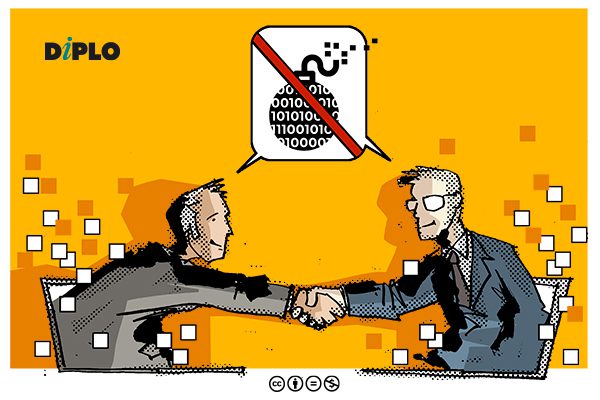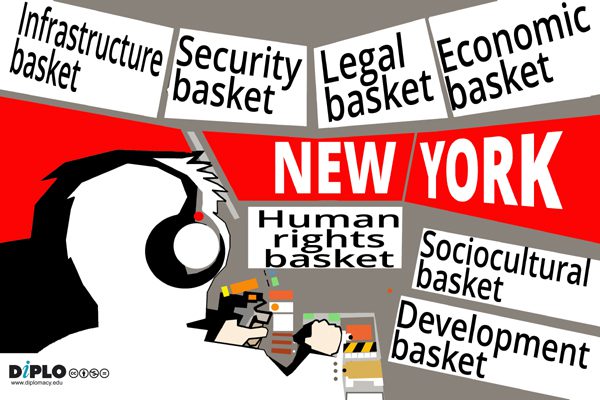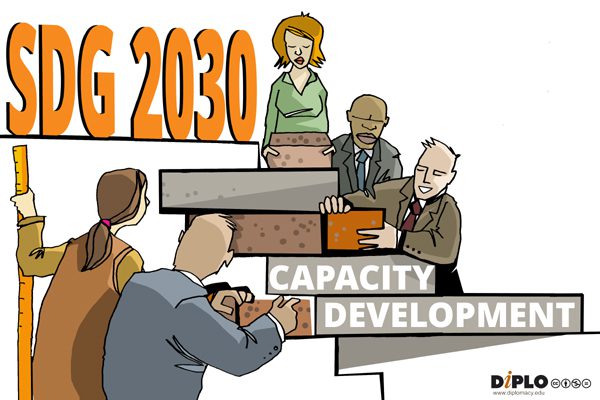Human rights
Human rights are the fundamental rights and freedoms that belong to every person in the world, from birth until death. They apply regardless of where you are from, what you believe, or how you choose to live your life. These rights are inherent to all human beings, regardless of race, sex, nationality, ethnicity, language, religion, or any other status.
Human rights include:
-
Civil and Political Rights: These protect individuals’ freedoms from infringement by governments, social organizations, and private individuals. Examples include the right to life, freedom of speech, freedom of religion, and the right to a fair trial.
-
Economic, Social, and Cultural Rights: These ensure individuals have access to basic economic and social goods, services, and opportunities. Examples include the right to education, the right to work, the right to health, and the right to an adequate standard of living.
-
Collective Rights: These are rights held by a group rather than by its members individually. Examples include the right to self-determination, the right to development, and the rights of indigenous peoples.
Human rights are protected through various mechanisms and instruments at both international and regional levels. Here are some key ways in which human rights are protected:
1. International Human Rights Instruments:
Universal Declaration of Human Rights: This foundational document sets out a broad range of human rights principles that apply to all individuals universally.
International Covenant on Civil and Political Rights (ICCPR): Part of the International Bill of Human Rights, the ICCPR establishes legal obligations on states to protect civil and political rights.
International Covenant on Economic, Social and Cultural Rights (ICESCR): Complements the ICCPR by focusing on economic, social, and cultural rights, such as the right to work, education, and healthcare.
2. Regional Human Rights Instruments:
European Convention on Human Rights: Monitored by the European Court of Human Rights, this treaty protects human rights in Europe and plays a significant role in ensuring states’ compliance with human rights standards.
American Convention on Human Rights: Adopted by members of the Organization of American States, this treaty and its monitoring mechanisms oversee the implementation of human rights standards in the Americas.
African Charter on Human and Peoples’ Rights: Ratified by most African Union states, this charter is monitored by the African Commission on Human and Peoples’ Rights to ensure compliance with human rights provisions.
3. Enforcement Mechanisms:
Regional Monitoring Mechanisms: Bodies like the Inter-American Commission on Human Rights and the African Commission on Human and Peoples’ Rights oversee the implementation of regional human rights treaties.
European Court of Human Rights: Adjudicates cases concerning states’ compliance with the European Convention on Human Rights, ensuring accountability and enforcement of human rights standards.
4. Legal Protections:
Reservations and Derogations: States may temporarily derogate from certain rights during emergencies, but such measures must be strictly necessary and consistent with international law.
Positive Obligations: International treaties like the ICCPR include positive obligations on states to provide effective remedies for individuals whose rights have been violated.
5. Diplomatic Efforts:
Human Rights Diplomacy: Diplomatic strategies, negotiations, and advocacy efforts are used to promote and protect human rights globally. Diplomats work to negotiate agreements, raise awareness, monitor rights situations, and strengthen the capacity of local institutions to uphold human rights.
By combining international treaties, regional instruments, enforcement mechanisms, and diplomatic initiatives, human rights are safeguarded and promoted on a global scale.
Human rights are applied in the digital field through various initiatives and mechanisms that aim to protect individuals’ rights in the online environment. Here are some ways in which human rights are addressed in the digital space:
1. Promotion of Human Rights Online:
Access to Information: Digital technologies, including artificial intelligence (AI), can enhance access to information and promote transparency, enabling individuals to exercise their rights effectively.
Early Warning Systems: AI-powered systems can be used to develop early warning systems for detecting human rights abuses by analyzing data patterns and indicators.
2. Challenges and Risks:
Bias and Discrimination: AI systems can inherit biases from training data, leading to discriminatory outcomes that perpetuate inequalities.
Privacy and Freedom of Expression: AI-powered surveillance technologies pose risks to privacy and freedom of expression, raising concerns about mass surveillance and control.
3. Labor Market Disruption:
Job Displacement: Automation driven by AI can disrupt labor markets, leading to job displacement and economic inequality. Reskilling and upskilling programs are essential to address these effects.
4. Accountability and Oversight:
Responsibility: AI systems operating autonomously can make assigning responsibility for human rights violations challenging. Clear frameworks for accountability and oversight are necessary to address issues arising from AI’s use.
5. Legal and Regulatory Frameworks:
Guidelines and Regulations: Strong rules and guidelines are needed for developing and using AI systems to ensure they respect human rights and contribute to the well-being of society.
Overall, efforts are being made to navigate the complexities of applying human rights principles in the digital field, addressing challenges such as bias, privacy concerns, labor market disruptions, and the need for accountability and regulation to safeguard individuals’ rights online.
Click to show page navigation!













